The Pha Chan – Sam Phan Bok Geopark is at the easternmost part of Thailand and has the border with Laos. Furthermore, it is the most famous Mekong River Civilization area and dominated by sedimentary rocks of the Khorat Plateau. Different erosion rate produces spectacular landforms such as potholes, rapids, stacks, cliffs, and cascades. According […]
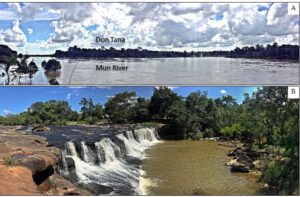
Homolje is one of the most developed geomorphological areas in Eastern Serbia. Shallow karsts prevail across this region with cover vegetation and soil, with developed surfaces, and underground karst landforms. This type of terrain leads to the occurrence of different geomorphological landforms that stand out from the rest, primarily for their scientific, aesthetic and ecological […]
Within the integrated network of protected geosites in nature conservation areas, nature trails have been established in Hungary since 1990. These trails play a major role in the organization of field-based geo-education activities. The Hungarian Geotope Day was established in the study area in 2009, based on the model of the German Geotope Day (Cserépfalu […]
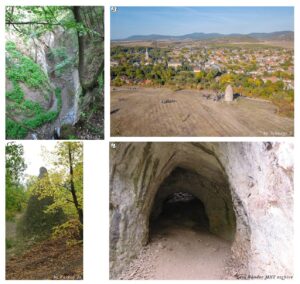
The Manawatu and Wairarapa regions, lower North Island, are an important geological archive for New Zealand but are not among the iconic geotourism attractions of New Zealand. Recently the geoheritage values of the region have been discussed by various groups including Massey University and Horizons Regional Council with an aim to promote the region to […]
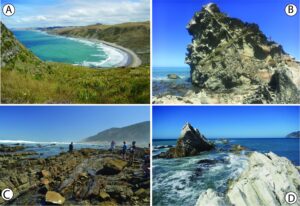
Re-imagining the geotourism experience through the lens of slow tourism, in this paper we lay out a pathway towards a more nourishing, engaging, and educational experience that contributes to both geoconservation and a reshaping of the tourism economy in light of recent disruption caused by the Covid-19 pandemic. Evidence suggests that to date, and further […]
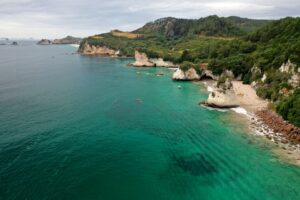
Investigation of new geoheritage sites, their conservation and promotion for tourism development have become a recent trend in the tourism sector. The Indian subcontinent exhibits a wide range of geological and geomorphological features, many with global significance. The Kachchh district of Gujarat is blessed with such geological and geomorphological elements, ranging in age from Mesozoic […]
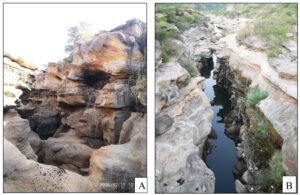
The importance of the borehole core in aiding our understanding of the subsurface is generally underappreciated outside the geoscience world. The use of boreholes to access geological resources has a long history and the study of recovered core samples is still pivotal in modern geological and palaeoclimate studies. An example of the incorporation of a […]
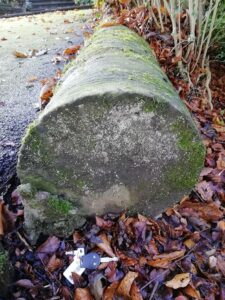
The Novohrad–Nógrád UNESCO Global Geopark is the first cross-border geopark located between Slovakia and Hungary, Eastern–Central Europe. “Ancient world without borders” – its motto reflects both the remarkable geodiversity and the strong link between people living on either side of the state border. In this relatively small area, almost all types of eruption products can […]
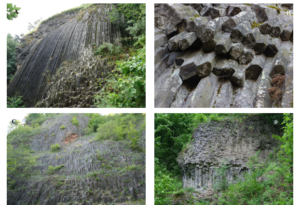
The Kula-Salihli UNESCO Global Geopark includes evidence of geological history spanning 600 million years, from Palaeozoic metamorphic rocks to late prehistoric volcanic eruptions. It can function as a field laboratory for geosciences, demonstrating a variety of graben and fault structures and fluvial, volcanic, and karstic landscapes, in addition to rocks from various geological eras, evidence […]
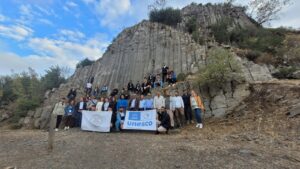
El Hierro UNESCO Global Geopark, the first declared in the Canary Islands, treasures an impressive geological heritage, represented by its Geological Interesting Places (GIPs or geosites) has as foremost exponents those related to the formation of mega-landslides and the formation of extensive fields of pahoehoe lava-flows associated with the historical or prehistoric fissure vulcanism that […]
